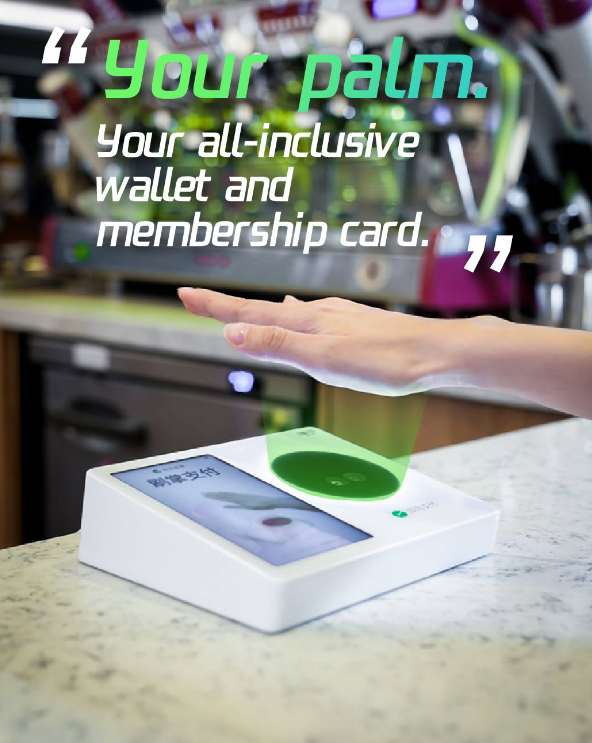WeChat officially launched Palm Pay on May 21. This new feature enables users to conveniently make payments using their palm prints on face recognition devices. To utilize this service, users are required to link their personal WeChat accounts to the device and register their palm prints. When making a purchase, they can simply place their hand over the scanning area of the payment device, allowing for seamless and secure payment transactions. By introducing WeChat Palm Pay, WeChat has introduced an innovative payment method that relies on palm recognition technology.
Tencent’s AI lab, YouTu, has developed this advanced technology that combines surface-level palm prints and unique vein patterns for transaction authentication. With this innovative system, users can conveniently authenticate their transactions by scanning and uploading their palm prints to a ticket machine. They can then link these scanned prints to their personal phone number and ID through the WeChat mini program, enabling them to initiate payments effortlessly. This groundbreaking solution leverages both palm prints and vein patterns, which enhances security and convenience in the payment ecosystem.
The technology has successfully adapted to various environmental lighting conditions, ensuring reliable performance regardless of the lighting situation. Furthermore, it can effectively handle the physiological variations in palm prints among different individuals, quickly identifying user patterns even when users present their hands in different positions or orientations.

The new payment method has generated significant attention and engagement on Chinese social media platforms. On Weibo, the hashtag “WeChat Palm Payment Release” has rapidly gained traction, accumulating an impressive 6.72 million views within a mere 24 hours. The widespread discussions reflect the public’s keen interest in this emerging technology and the importance placed on ensuring secure and reliable payment systems.
However, some users commented on the safety and security issues of the new payment system. Tencent has stated that, in accordance with relevant laws, the service provider will delete users’ original palm print samples and pictures after extracting the necessary information. In addition, Tencent emphasizes that WeChat’s Palm Pay offers enhanced personal information security as palm prints are considered a more private form of biometric identification compared to other methods, and personal information cannot be verified solely through palm images.
Apart from payments, the application of “WeChat Palm” is being expanded to include transportation modes such as taxis and the metro. On the day of the palm payment release, the palm print recognition system was first implemented on Beijing’s Daxing International Airport Line, enabling passengers to conveniently access subway trains without the need for their phones or cash. The payment transaction is processed once the passengers complete their trip, further streamlining the travel experience.
Related:
- Tencent plans to rollout WeChat Chatbot Similar to ChatGPT but says not in a rush to be the first
- Chinese Tech Giant Tencent Fires over 100 corrupt Employees and Sends Some to Prison
- Apple bans the use of ChatGPT at workplace
(via)




